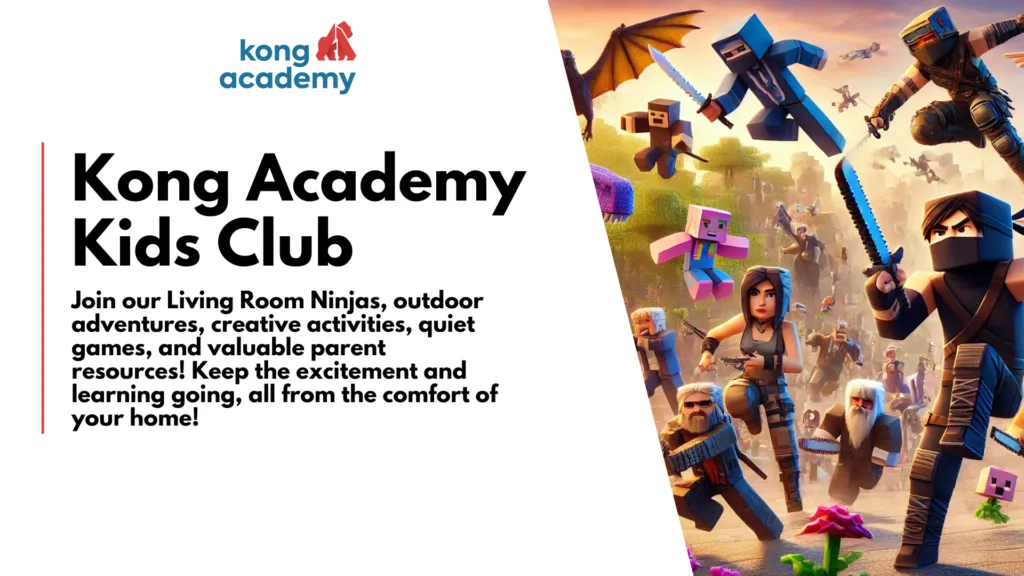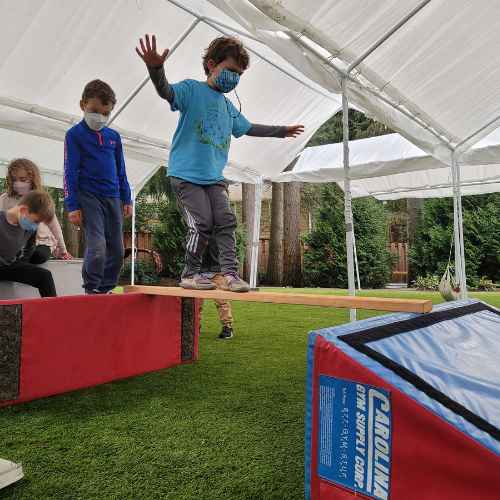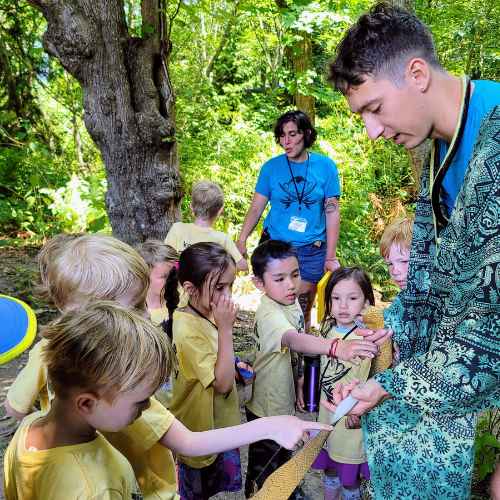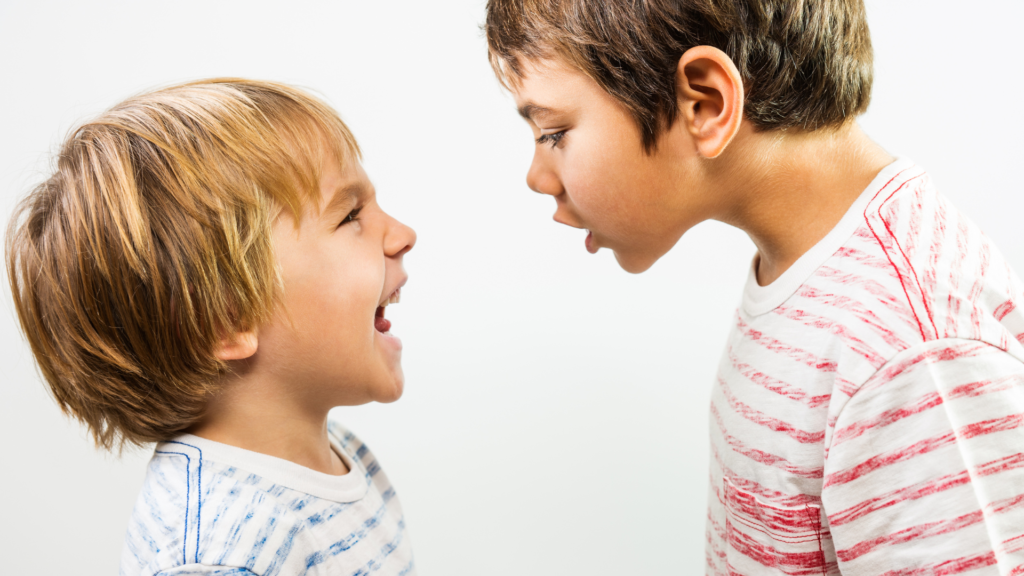
Every parent knows that kids don’t always get along. Whether it’s fighting over toys, a disagreement on the playground, or sibling rivalry, conflicts are a normal part of growing up. But here’s the thing—teaching your child how to handle those conflicts is one of the most valuable lessons you can give them.
Conflict resolution for kids isn’t just for the moment; it lays a solid foundation for healthy relationships throughout their lives. So how do you teach these skills in a way that sticks? Below are practical ways to help your child understand and apply conflict resolution skills that will serve them well into adulthood.
Importance of Conflict Resolution for Kids
Healthy conflict resolution abilities help children navigate the complex world of personal relationships and social interactions with confidence. By learning how to manage disagreements constructively, children develop resilience, empathy, and emotional intelligence. These abilities are crucial as they grow into adults who will need to collaborate with others for personal needs, higher education, or professional development.
Early exposure to resolution techniques helps kids understand that conflicts are a normal part of life, and not something to fear or avoid. This understanding is key to developing a balanced approach to challenges. It encourages a problem-solving mindset that can distinguish between reacting impulsively and responding thoughtfully.
Understanding the Nature of Conflict
As a parent, breaking down the concept of conflict into understandable parts for kids is crucial. It’s not just about telling them that disagreements happen, but helping them see why they happen and how they can be handled positively. This begins with explaining the nature of conflict in simple, relatable terms.
Start by discussing common sources of conflict in your child’s life. For instance, you might talk about how a dispute could arise from sharing toys, choosing games, or even deciding who gets to pick the first bedtime story. Using these concrete examples makes the concept of conflict more tangible for kids, allowing them to connect lessons to everyday experiences.
It’s important to also emphasize that arguments are normal in everyone’s lives and they provide opportunities for growth. Every disagreement is a chance to practice patience, understand different perspectives, and work together to find a solution that makes everyone happy. By relating these lessons to familiar scenarios, such as a disagreement with a sibling over which game to play, kids can better understand and remember how to apply these skills in real life.
Teaching Kids Essential Conflict Resolution Skills
Conflict resolution for kids involves more than just instructing them to “play nice.” It requires cultivating deeper understanding and practical skills that can significantly impact their interactions. Here are some key skills to focus on:
Empathy: Understanding Different Perspectives
Teaching children to empathize involves helping them put themselves in someone else’s shoes. Explain that understanding another person’s feelings and perspective can change how a conflict is resolved. For instance, if a friend is upset because they didn’t get a turn with a toy, your child can learn to recognize their friend’s disappointment and respond more compassionately. Role-playing can be an excellent method to teach this skill, as it allows children to experience both sides of a conflict.
Active Listening: More Than Hearing
Active listening is crucial during conflicts. Teach kids that this means listening to understand, not just to reply. During a disagreement, they should give their full attention to the other person, making eye contact when possible and not interrupting. After the other person has spoken, they can repeat back what was said to ensure they understood it correctly. This practice not only validates the other person’s feelings, but also often helps de-escalate tensions.
Negotiation and Compromise: Finding a Win-Win Solution
Negotiation and compromise are skills that teach children to look for solutions where everyone wins something. This can be particularly useful in conflicts over shared resources, like toys or time on a computer. Guide kids to think creatively about how to give each party some of what they want.
For example, they could take turns with the desired object or decide together on a game that everyone enjoys. Teaching them to approach conflicts with a cooperative mindset rather than a competitive one fosters healthier relationships and makes resolution more attainable.
Using Emotions During Conflicts: Emotion Thermometer
Helping children to recognize and express their emotions appropriately can greatly enhance their ability to resolve conflicts peacefully. One effective tool for helping children understand their emotions is the “Emotion Thermometer.”
What is the Emotion Thermometer?
An emotional thermometer starts by explaining what emotions are and why they matter. Discuss different emotions that children might feel during conflicts, such as anger, frustration, sadness, or even excitement. Help them understand that all emotions are normal and valid, but the way they respond to these emotions can affect outcomes in conflict situations.
You can read more about how to use an Anger Thermometer here.
Using an Emotion Thermometer
An Emotion Thermometer itself is a visual tool that helps children gauge the intensity of their feelings. It typically ranges from cool (calm) to hot (angry or very upset). You can create a simple thermometer with colors or numbers where lower values represent calmness and higher values indicate stronger emotions.
Teach children to use the thermometer by asking them to identify how they feel during various scenarios:
- Cool (1-3): I’m calm, relaxed, or a little bit annoyed.
- Warm (4-6): I’m starting to feel frustrated or more upset.
- Hot (7-10): I’m very angry or upset, and I might need help to calm down.
Encourage children to “check” their emotional temperature when disagreements arise. This helps them become more aware of their feelings and choose appropriate responses. For instance, if they notice their emotions are heating up to a “warm” or “hot” level, they can use strategies to cool down, such as taking deep breaths, counting to ten, or asking for a short break to collect themselves.
Practicing with the Thermometer
Regularly practice with the Emotion Thermometer, even outside of conflict situations. Ask children to reflect on their day and identify times when their emotional temperature changed. This practice will make them more comfortable and familiar with the tool, so they can use it effectively during conflicts.
How To Show Kids Positive Communication Skills
Teaching kids how to communicate positively during conflicts is also an essential part of their social development. Constructive communication helps prevent misunderstandings and escalations, fostering healthier interactions. Here are some effective ways to instill these skills in children:
Using ‘I’ Statements
One of the simplest yet most powerful communication tools for children to learn is the use of “I” statements. This technique involves expressing their own feelings and needs without blaming the other person. Teach children to frame their sentences starting with “I feel” followed by the emotion they are experiencing and the reason for this feeling.
For example, instead of saying “You make me angry,” they can say, “I feel upset when someone takes my toys without asking because my belongings are important to me.” This approach encourages self-expression and responsibility for one’s emotions during conflicts, reducing defensive reactions from others.
Staying Calm to Avoid Conflict Escalation
Conflict resolution for kids also involves teaching kids to stay calm when disagreements arise. It is a good idea to discuss and practice different strategies that can help maintain composure. These might include:
- Taking deep breaths to prevent an impulsive response.
- Thinking thoroughly before saying anything.
- Counting to ten or visualizing a peaceful scene to reduce immediate emotional reactions.
- Asking for a timeout to take a few minutes away from the situation to gather thoughts and emotions.
Understanding the Role of Non-Verbal Communication
Communication isn’t just about what we say; it’s also about how we say it. Teach children about the importance of body language, tone of voice, and facial expressions in conveying messages. For example, crossed arms might appear defensive, while a soft tone can be soothing. Explain how a friendly facial expression and open body posture can make others feel more at ease and open to conversation.
Role-playing can be very effective here, allowing children to see and practice how different tones and body languages can affect the emotions of others in various scenarios. This understanding can significantly impact how they resolve conflicts, making them more aware of the non-verbal cues they give and receive during interactions.
Conflict Prevention: Building a Positive Environment
By fostering a positive environment and teaching proactive conflict prevention skills, children can learn to handle disputes effectively and respectfully. Here’s how you can build such an environment:
Setting Boundaries and Expectations
By establishing rules about what is acceptable and what is not, children learn to understand limits and respect others’ space and belongings. For instance, making rules like “Ask before you borrow” or “Use words, not hands” helps children internalize respectful behaviors. Regular discussions about these boundaries reinforce their importance and ensure children understand why they matter.
Encouraging Group Activities That Foster Teamwork
Activities like team sports, group art projects, or cooperative games help children learn to work together, share responsibilities, and celebrate collective successes. These naturally teach children how to negotiate, share ideas, and support one another, which are crucial skills in preventing conflicts.
Teaching Respect and Patience Through Role-Playing
By simulating different social scenarios, children can practice how to respond to conflicts respectfully and patiently before they happen in real life. For example, role-playing a situation where two children want the same toy can help them learn to take turns speaking and listening to each other’s perspectives.
Support Healthy Conflict Resolution Skills at Home
One of the most effective ways to teach children how to resolve conflicts is to model that behavior yourselves. Children learn a great deal from observing how the adults in their lives handle disagreements. Whether it’s a family dispute or a discussion in the classroom, showing children that conflicts can be resolved through calm discussion and mutual respect sets a powerful example.
For instance, during a disagreement, use clear communication, maintain composure, and demonstrate empathy and listening skills. This real-time modeling helps children see practical applications of the conflict resolution strategies they are taught.
Reward Positive Conflict Resolution Behavior
Recognizing and rewarding children when they handle conflicts effectively can reinforce their use of healthy conflict resolution skills. Praise or small rewards can motivate children to continue using these skills. For example, if you notice your child successfully negotiating a turn with a toy or settling a dispute with a sibling without adult intervention, commend them for their maturity and problem-solving. This positive reinforcement helps embed conflict resolution as a preferred behavior.
Emphasize Patience and Practice
It’s important to remind children (and ourselves) that mastering conflict resolution skills takes time and practice. Acknowledge that everyone makes mistakes and that each conflict provides a new learning opportunity. Regularly set aside time to discuss past conflicts and explore different ways they could have been handled. This reinforces the learning process and helps children improve gradually over time.
Conflict resolution for kids is not just about preventing fights; it’s about equipping children with essential skills for navigating all areas of life. By learning to handle conflicts effectively, children develop resilience, empathy, and emotional intelligence—qualities that are crucial as they grow into adults.
At Kong Academy, we are dedicated to supporting parents and educators in this vital educational journey. Our programs are designed to seamlessly integrate conflict resolution training into fun, engaging activities that children love.
We invite you to explore how our resources and brain break videos on YouTube to help reinforce essential skills at home and in the classroom. Join us in our mission to prepare children for a lifetime of healthy interactions!
GET Access to the ULTIMATE PLAY DATE PACKAGE (Value: $49) for FREE!
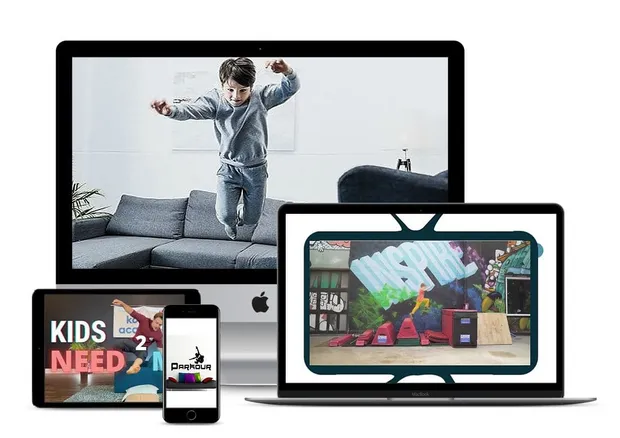
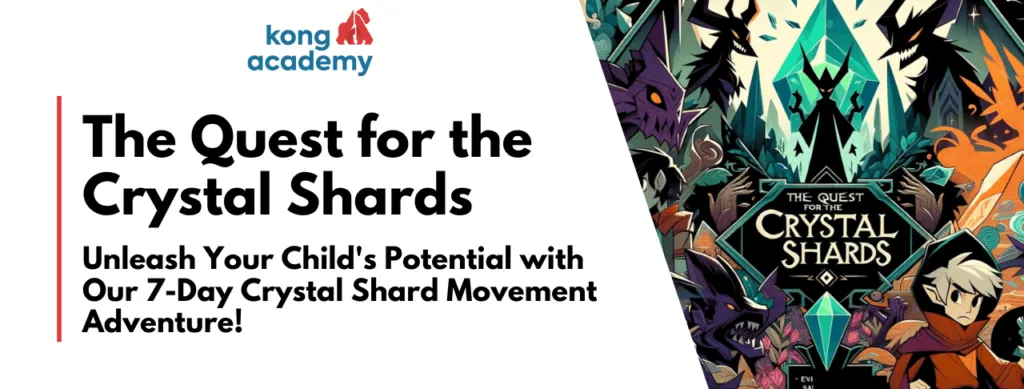
7-Day Crystal Shard Adventure
Unleash your child’s potential with our 7-day crystal shard movement adventure!

